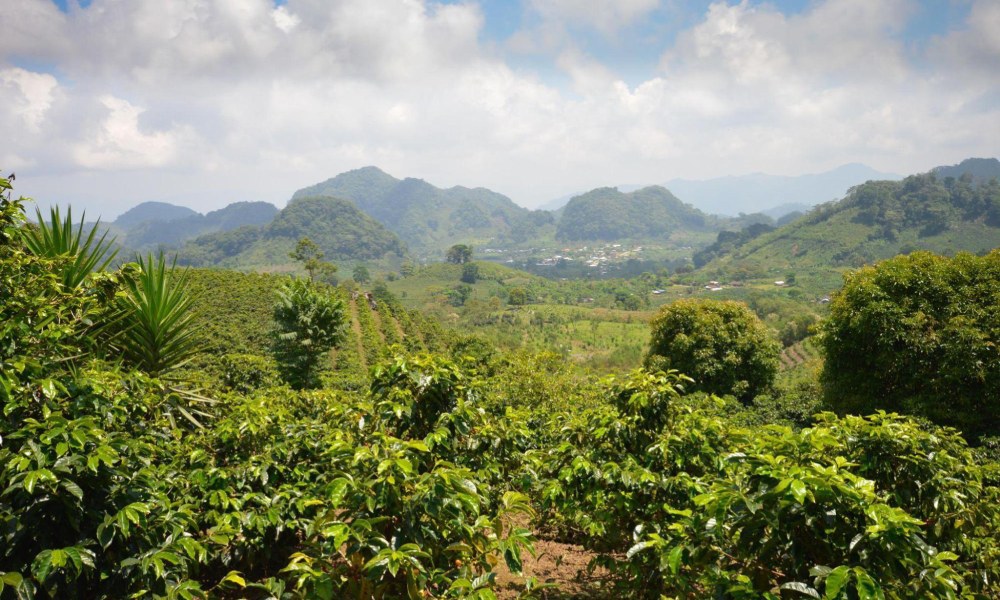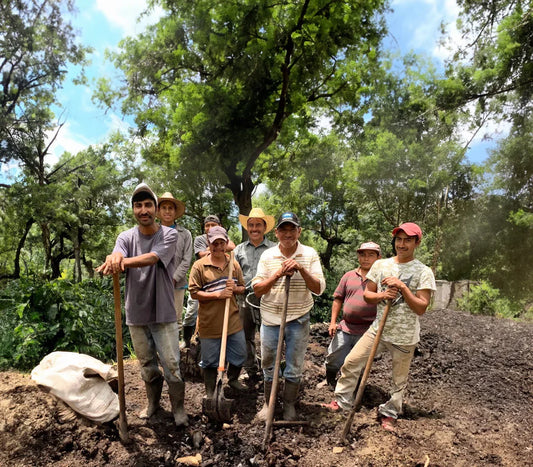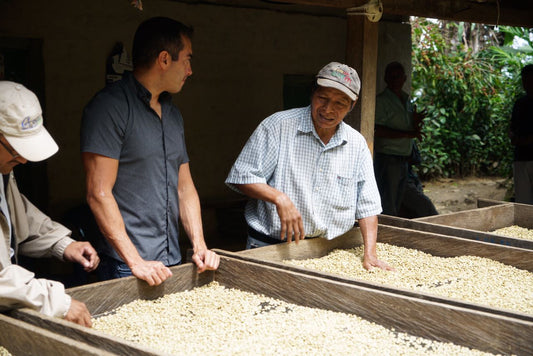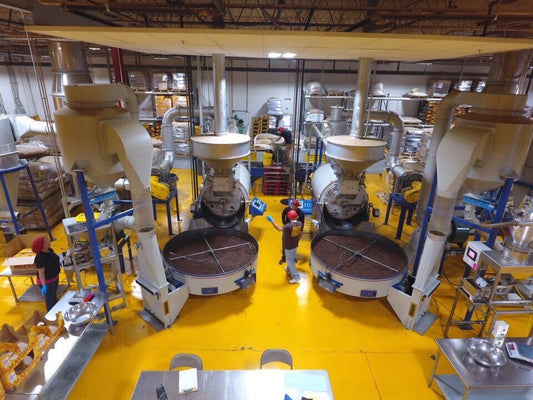
Tracing origins: How did coffee arrive in Central America?
Today, Central America is a coffee powerhouse, responsible for producing some of the world’s best organic coffees. But how did it get there in the first place?
Few regions are more well suited to growing coffee than Central America. Home to mountain ranges, fertile volcanic soils, and countless micro-climates, it has long produced some of the world’s most sought-after coffees.
But it’s not just the landscape that’s responsible. The high-quality coffees that consistently come from Central America are also thanks to the people who grow them and the expertise, passed down from generation to generation, that they apply to the crop.
For more than three centuries, Central American farmers, from Guatemala to Nicaragua to Costa Rica, have cultivated coffee plants and devised innovative techniques for processing the harvested cherries.
They have developed a deep understanding of the plants and the land, helping to marry the two in perfect harmony and create distinctive cup profiles recognized across the globe.
During this time, coffee production has also become an incredibly important driving force in the economies of Central American countries.
For example, in 2018 alone, Honduras, the largest coffee-producing country in the region and eighth largest in the world, produced an estimated 3.7 million bags of coffee with an export value of nearly $1 billion.
Because coffee has become such an ingrained part of our culture and communities, it might come as a surprise to learn that it isn’t actually native to Central America. The first coffee plants originated in Ethiopia and it wasn’t until the 18th century that it is thought to have arrived on our shores.
But how did it get here? And how did it grow to become such an important crop?
How coffee spread through Central America
Coffee’s origins can be traced back to the highlands of Ethiopia. It is believed to have been discovered around the 11th century, when a goatherd noticed the stimulating effects the bright red cherries had when consumed by his livestock.
From Ethiopia, coffee first spread throughout the Arab world before eventually making its way to Europe and the Americas.
The arrival of coffee in Central America, however, is a tale that begins in the late 18th century. But, as is to be expected, each country has its own unique story.
When did coffee arrive in Costa Rica?
Coffee arrived in Costa Rica towards the end of the 1700s. The arabica coffee plant was first grown in Costa Rica’s Central Valley, where ideal growing conditions, such as fertile soil, high altitude, and a cool climate, contributed to its success.
Cultivation continued and the Costa Rican government soon realized the enormous economic potential of coffee.
When the country’s independence from Spain was declared in the early 19th century, the municipal government gave away free coffee seeds to encourage production.
Today, Costa Rica continues to be a major player in the global coffee market, thanks in large part to the hard work and dedication of its farmers. The organic coffee grown there is recognized around the world for its quality and unique flavor profile.
When did coffee arrive in Nicaragua?
The origins of coffee cultivation in Nicaragua may be shrouded in mystery, but it is commonly believed that Catholic missionaries were responsible for introducing the crop to the country in 1790.
Initially, it was grown as something of a novelty, but as the demand for coffee increased, it rapidly emerged as a vital contributor to the country's economy.
The first commercial farms were established around Managua, and today, coffee production remains a vital source of employment for Nicaraguans, providing employment for nearly half of all agricultural workers, and contributing more than 20% to the nation's agricultural GDP.

When did coffee arrive in Guatemala?
Coffee's journey to Guatemala began in the 18th century, when Jesuits brought the plants to the country with them in 1750.
Initially, the coffee plants were used for ornamental purposes, such as adorning the monasteries of Antigua.
However, it wasn't until 1856 that coffee became a crucial crop for Guatemala. This was around the same time that the invention of synthetic dyes caused the decline of Guatemala's indigo and cochineal dye industries, which had been key drivers of the economy.
By 1880, coffee had become Guatemala's leading export, accounting for 90% of the country's exports and solidifying its reputation as a world-renowned organic coffee origin.
When did coffee arrive in El Salvador?
Coffee was first introduced to El Salvador in the late-1700s. It was planted throughout the country’s mountainous regions, where it flourished.
However, like Guatemala, it wasn’t until the crises of the mid-1800s that coffee overtook indigo as El Salvador’s prime export, taking on increasing economic and national importance over the next century.
By the 1930s, coffee accounted for around 90% of the nation’s exports and at least 50% of the nation’s export revenues.
When did coffee arrive in Honduras?
Although the exact date of the introduction of coffee to Honduras is not well documented, the earliest recorded mention of it dates back to 1804, which praised the quality of the coffee produced there.
This suggests that it may have arrived in Honduras before 1799, and that local farmers quickly established the crop.
Today, Honduras continues to be a major player in the global coffee market, known for its high-quality organic coffee and its commitment to sustainable practices.
Where to find the best Central American organic coffees
Central America boasts a rich tapestry of coffee culture, with each country offering a unique narrative of how coffee first arrived and distinct flavors to match.
From the lush, volcanic soils of Costa Rica to the high altitudes of Nicaragua, the diverse terroirs, climates, and expertise of farmers in the region all contribute to creating some of the world's most exceptional coffees.
At Mayorga Coffee, we take great pride in our coffee heritage and are committed to preserving and promoting it. We are proud to directly source only the finest organic coffees from the heart of Central America.
Discover our full range of organic coffees from Central America today.


